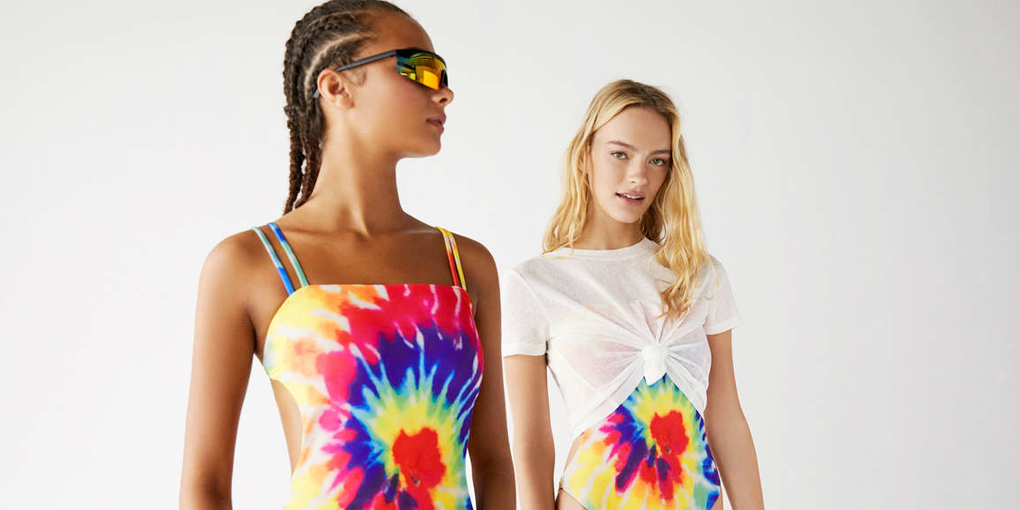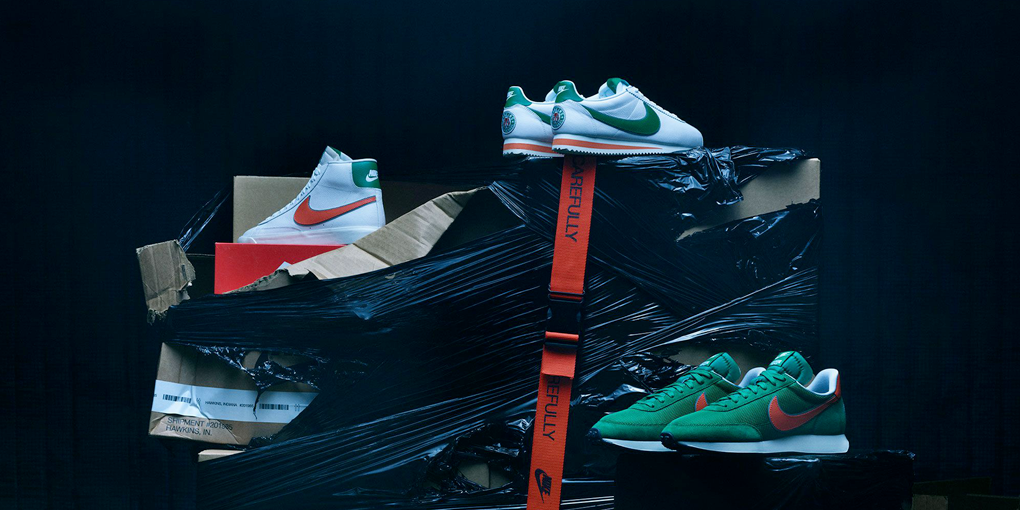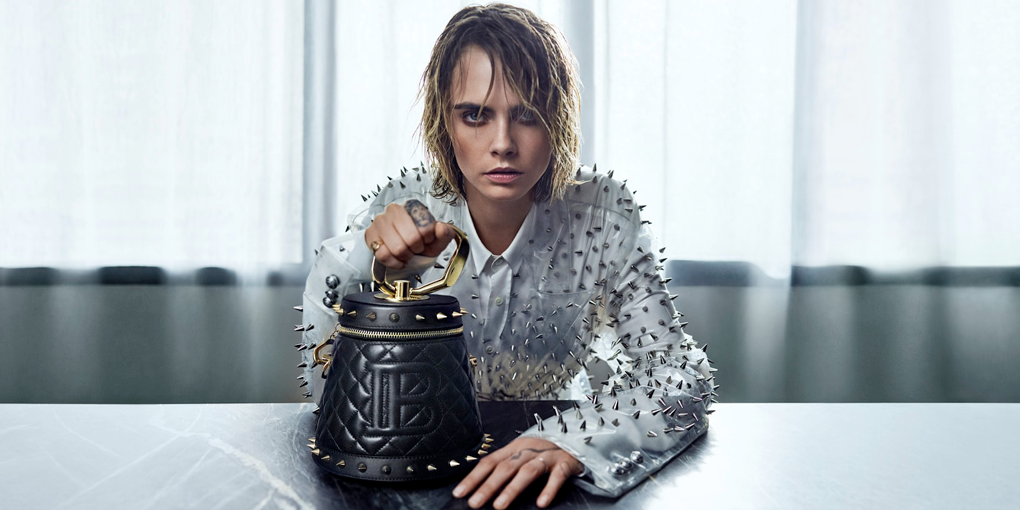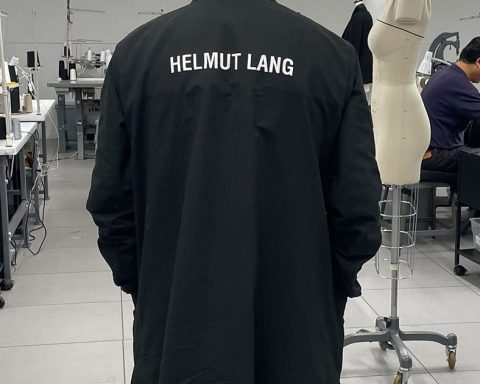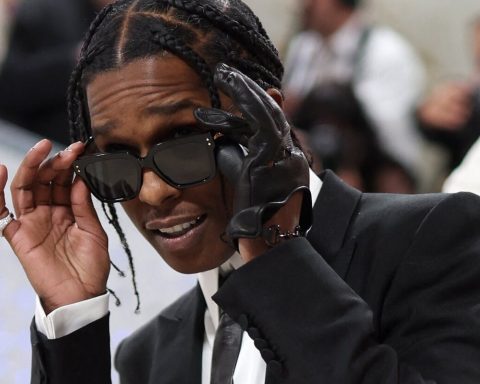Runways don’t lie! Among the last trends that watch back to the past, also the “tie-dye” is here again.
A lot of high fashion brands displayed this colorfull pattern on the catwalks fot the spring-summer 2019 season: Dior, Stella McCartney, MSGM, Proenza Schouler, Prada and N’21 are just some of the most known names who reinterpreted this trend with new techniques and styling abilities.
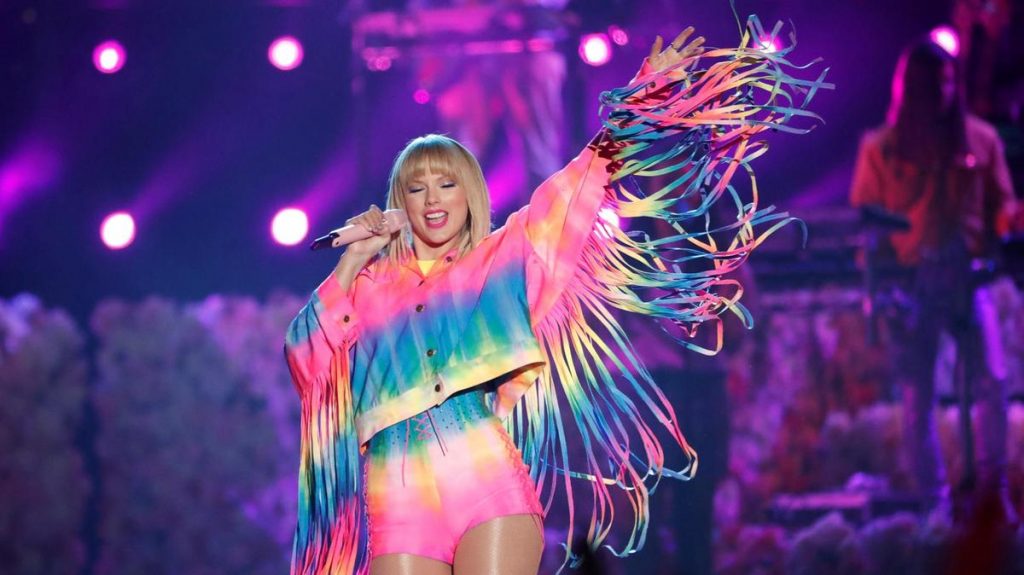
Unsurprisingly then, fast fashion and other more affordable brands (like Asos or Bershka, and so on), give us the possibility to fill up our wardrobe with these colorfull tie-dye items.
With no need to go further from Fashion System, stars seems to appreciate this style’s philosophy and visual effect too. For instance, the singer Taylor Swift appeared on the iHeartRadio Wango Tango stage with a tie dye total look plus rainbow sneakers, to celebrate and claim LGBT’S rights.
Actually, by a nice coincidence, this tie-dye wave is matching perfectly the pride month, making June the month of color, freedom and youth revolutions.
Tie-dye motif’s name comes literally from its manufactural method of production, whose origin goes back to historical periods even more far than we use to imagine. It seems that this dying technique was already known by Precolumbian people and then it spread among african and indian tribù and in Japan too, where this kind of dying crafts were born around the eighth century.
From its origin,Tie-dye took and maintains its mystic and psychedelic aurea, but it become famous for real only in the 60’s. So, despite it showed up again in 90’s fashion, it is thanks to the years of hippie’s subculture and youth raising movements that the tie-dye style ended up to represent all the concepts that it still symbolizes today: livelyness, energy, creativity, freedom and unpredictability. If you think about random color staims on a tied cloth, aimed to obtain unique and unrepeatable patterns, that are different everytime, they could be nothing but the perfect emblem of the changeable, uncontrollable flow of fashion.
